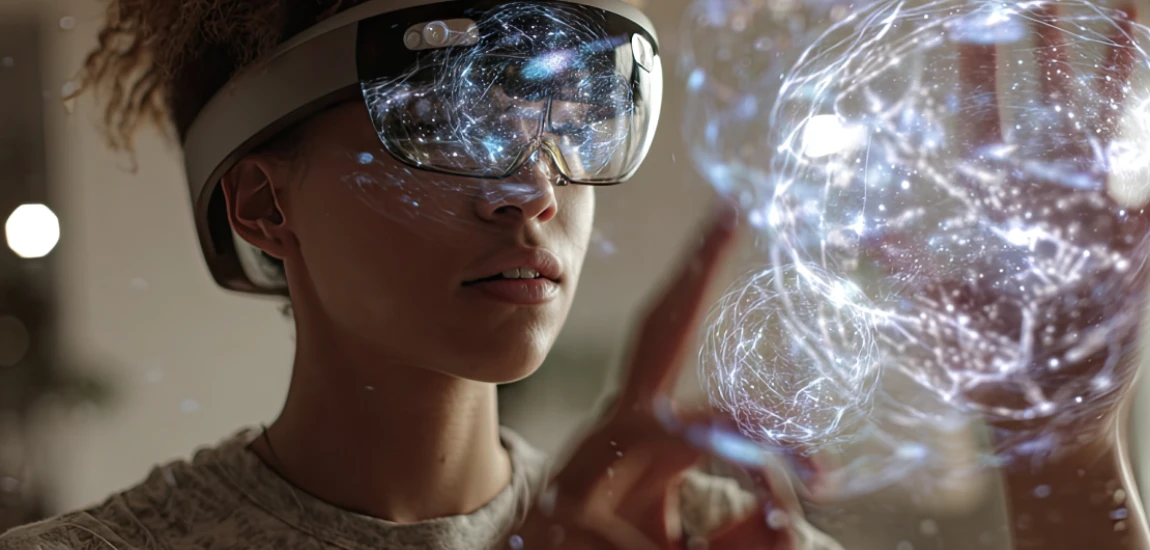Virtual Idols and AI Artists: Can a Machine Be a Music Star?

Virtual idols are no longer a niche experiment—they’ve become mainstream entertainment phenomena. From Japan’s holographic pop sensation Hatsune Miku to China’s virtual influencer Luo Tianyi, these digital stars have filled stadiums and garnered millions of fans worldwide. Their appeal lies in the blend of cutting-edge technology and human creativity. Unlike traditional pop stars, virtual idols don’t age, cancel tours due to illness, or get caught in scandals, making them appealing investments for entertainment companies.
Origins in Japan’s Vocaloid Movement
The concept began with Vocaloid software in the early 2000s, allowing producers to create songs using synthetic voices. Hatsune Miku, the most famous Vocaloid, became a cultural icon, performing live as a hologram and inspiring fan-created music, art, and even merchandise.
Global Expansion of Virtual Performers
What started in Japan has spread globally. In Korea, companies experiment with AI-generated K-pop idols, while the West has seen avatars like FN Meka, a controversial AI rapper. These stars blur the line between fandom and fantasy, attracting both curiosity and criticism.
Why Virtual Idols Appeal to Fans
Virtual idols offer escapism and control. Fans can project their desires onto these flawless figures while still feeling a sense of community and belonging. They embody a future where entertainment isn’t limited by human boundaries.
Artificial Intelligence Enters the Music Scene

AI isn’t just creating voices—it’s composing entire songs. Machine learning algorithms can now analyze thousands of tracks to generate melodies, harmonies, and even lyrics. Tools like OpenAI’s Jukebox and Sony’s Flow Machines are early examples of how AI is stepping into the role of songwriter and performer.
AI-Generated Songs and Albums
AI-generated tracks have already made headlines. For example, in 2016, Flow Machines produced “Daddy’s Car,” a Beatles-inspired song. More recently, AI models have crafted hyper-realistic vocals mimicking famous singers, raising both excitement and alarm in the industry.
From Studio Tool to Stage Presence
At first, AI was seen as just another studio tool, like Auto-Tune or a synthesizer. But today, AI models are stepping into the spotlight, marketed as standalone artists. Virtual idols powered by AI don’t just perform—they interact with fans in real-time, learning and adapting with each engagement.
The Human-AI Collaboration
Many producers see AI not as competition but as a collaborator. It’s a way to spark creativity, generate new ideas, or experiment with styles that might not come naturally to human composers. This partnership is reshaping what “musicianship” means in the 21st century.
Fan Engagement in the Age of Digital Celebrities

In the world of AI and virtual idols, fandom operates differently. Fans aren’t just passive consumers—they actively shape the artist’s identity, music, and narrative.
Interactive Performances and VR Concerts
Virtual concerts, such as Travis Scott’s Fortnite show or Hatsune Miku’s holographic tours, have shown that fans are eager to experience performances in digital spaces. VR headsets and AR apps allow fans to feel closer to virtual idols than they might with real stars.
Social Media and Parasocial Relationships
AI idols are also active on social media, often with AI-driven responses to fans. This creates a sense of intimacy and interaction, fueling parasocial relationships. Fans feel they are genuinely “talking” to their favorite star, even though the personality is machine-generated.
Fan-Driven Creativity
Much of the music around Vocaloids and AI idols comes from fans themselves. Communities upload remixes, videos, and original tracks, blurring the line between creator and audience. This participatory culture strengthens the emotional connection between fans and virtual idols.
The Ethics of AI-Generated Fame

The rise of virtual idols raises pressing ethical questions. Can a machine hold artistic credit? Who profits from an AI star’s success? And what happens to human musicians competing with digital performers?
Ownership and Intellectual Property
If an AI writes a song, who owns it—the programmer, the company, or the AI itself? Current copyright laws aren’t designed to handle non-human creators, leaving gray areas in ownership and royalties.
Cultural Authenticity and Exploitation
Some critics argue that AI idols, particularly those designed to mimic cultural styles like K-pop or hip-hop, risk cultural appropriation without accountability. FN Meka, for instance, faced backlash for racial insensitivity, highlighting the risks of machines mimicking marginalized voices.
The Impact on Human Artists
While some see AI as a creative partner, others worry it will replace jobs in songwriting, production, or even performance. The balance between innovation and protecting human artistry remains unresolved.
Virtual Idols as a Business Model

The economics of virtual idols explain why the industry is embracing them so rapidly.
Cost-Effective Stars
Virtual idols don’t require travel, healthcare, or security. A digital concert can be replicated worldwide without physical tours, saving millions in production costs.
Endless Branding Potential
From NFTs to merchandise, virtual idols can exist across multiple platforms at once. They can promote products, appear in commercials, and even feature in video games without the logistical hurdles of human celebrities.
Appeal to Younger Audiences
Gen Z and Gen Alpha, raised in digital-first worlds, are more comfortable engaging with virtual personalities. For these demographics, a holographic concert or AI-generated playlist feels natural, not strange.
Technology Driving the Future of Music Stars

Behind virtual idols is a suite of evolving technologies that make them possible.
Advancements in Voice Synthesis
AI voice models have become indistinguishable from human vocals, allowing producers to create emotional, expressive performances with synthetic singers.
Motion Capture and Holographic Projection
Modern motion capture technology allows lifelike dance routines and stage presence, while holograms bring virtual idols to life in physical venues.
The Role of Machine Learning
Machine learning ensures these idols can evolve over time, adjusting their style and personality based on fan feedback, making them dynamic and responsive stars.
The Cultural Impact of Machine-Generated Idols

Virtual idols aren’t just a business experiment—they’re shaping how society understands fame, identity, and artistry.
Redefining Celebrity
Traditional celebrity culture is built on human stories—scandals, triumphs, vulnerabilities. Virtual idols, however, present curated, controllable personas, changing what it means to be a “star.”
Influence on Human Artists
Many artists are incorporating virtual elements into their work, blending human authenticity with machine precision. This hybrid approach may dominate the future of entertainment.
Fans and Identity in a Digital Age
Virtual idols reflect broader cultural shifts toward digital identity. Just as people curate their online personas, idols are a manifestation of our collective fascination with simulated selves.
Can a Machine Truly Be a Music Star?

The ultimate question remains: can a machine ever replace the emotional resonance of a human artist?
The Argument for Yes
Machines can create technically flawless performances, adapt instantly to trends, and provide fans with limitless engagement opportunities. In some ways, they are more reliable than humans.
The Argument for No
Art is about human experience, emotion, and storytelling. Machines may simulate these qualities, but can they ever truly “feel” or express what it means to be alive? For many, this authenticity remains essential.
A Future of Coexistence
Rather than replacing humans, virtual idols and AI artists may coexist with human musicians, offering new forms of entertainment while humans continue to create art rooted in lived experience.




